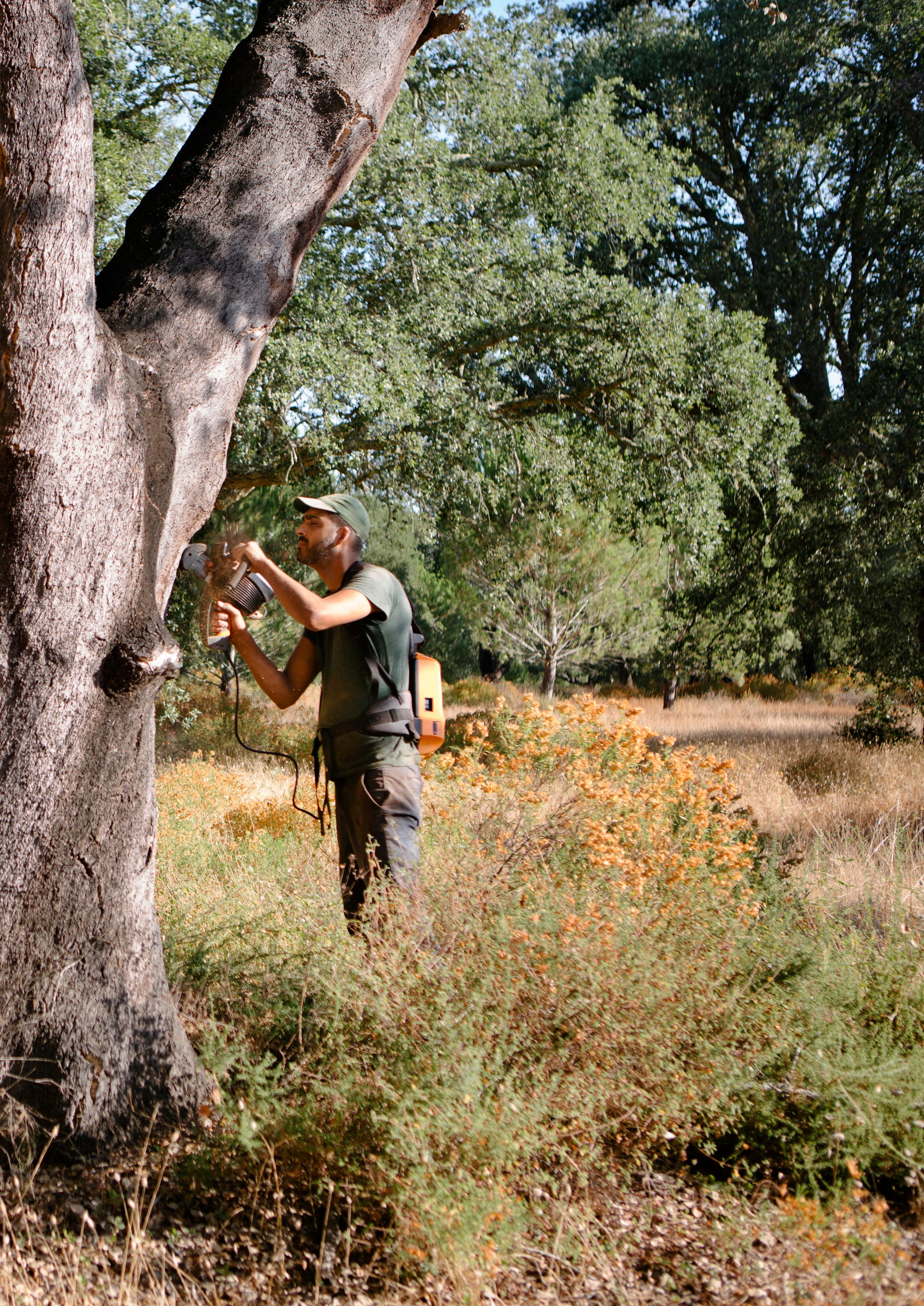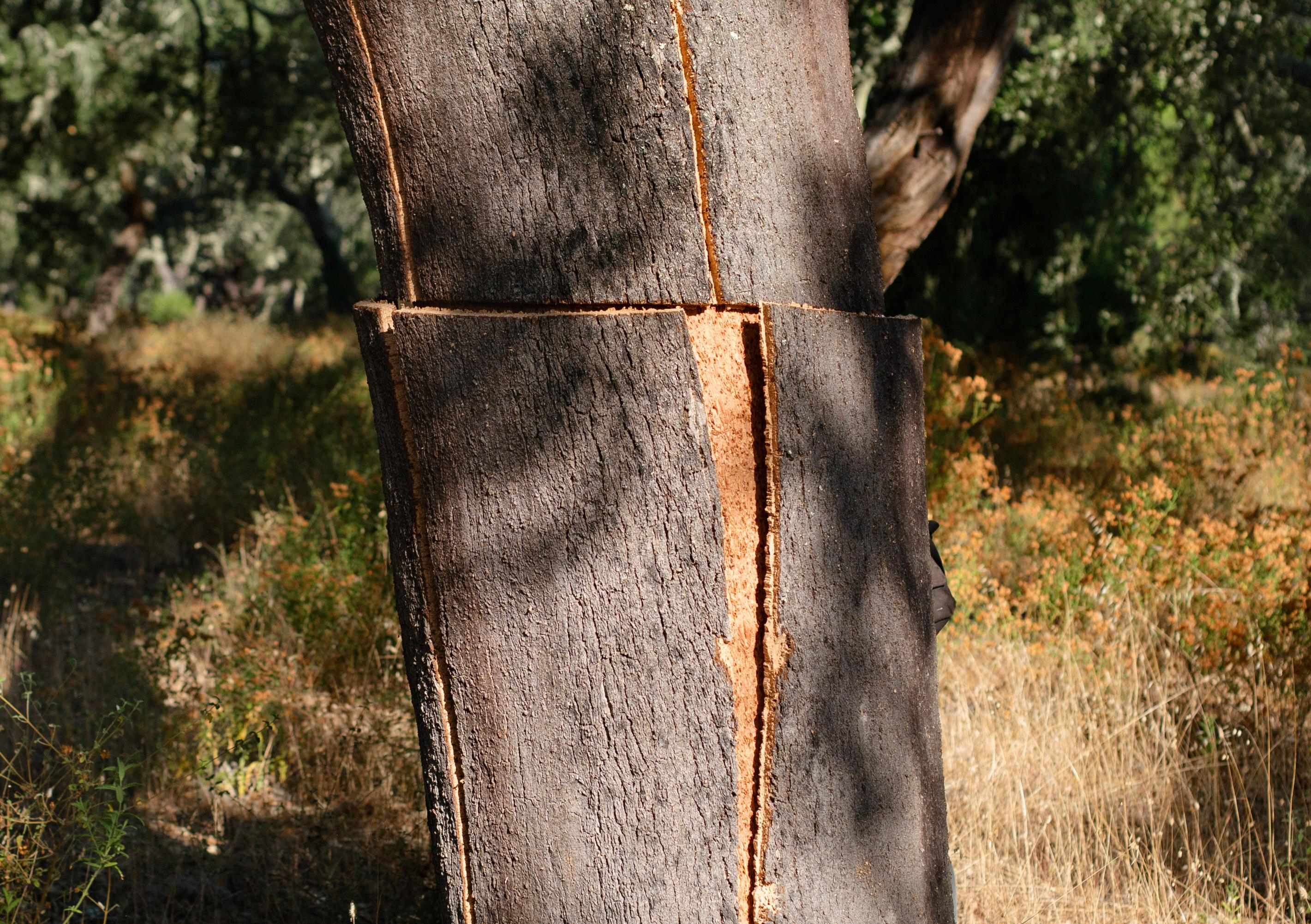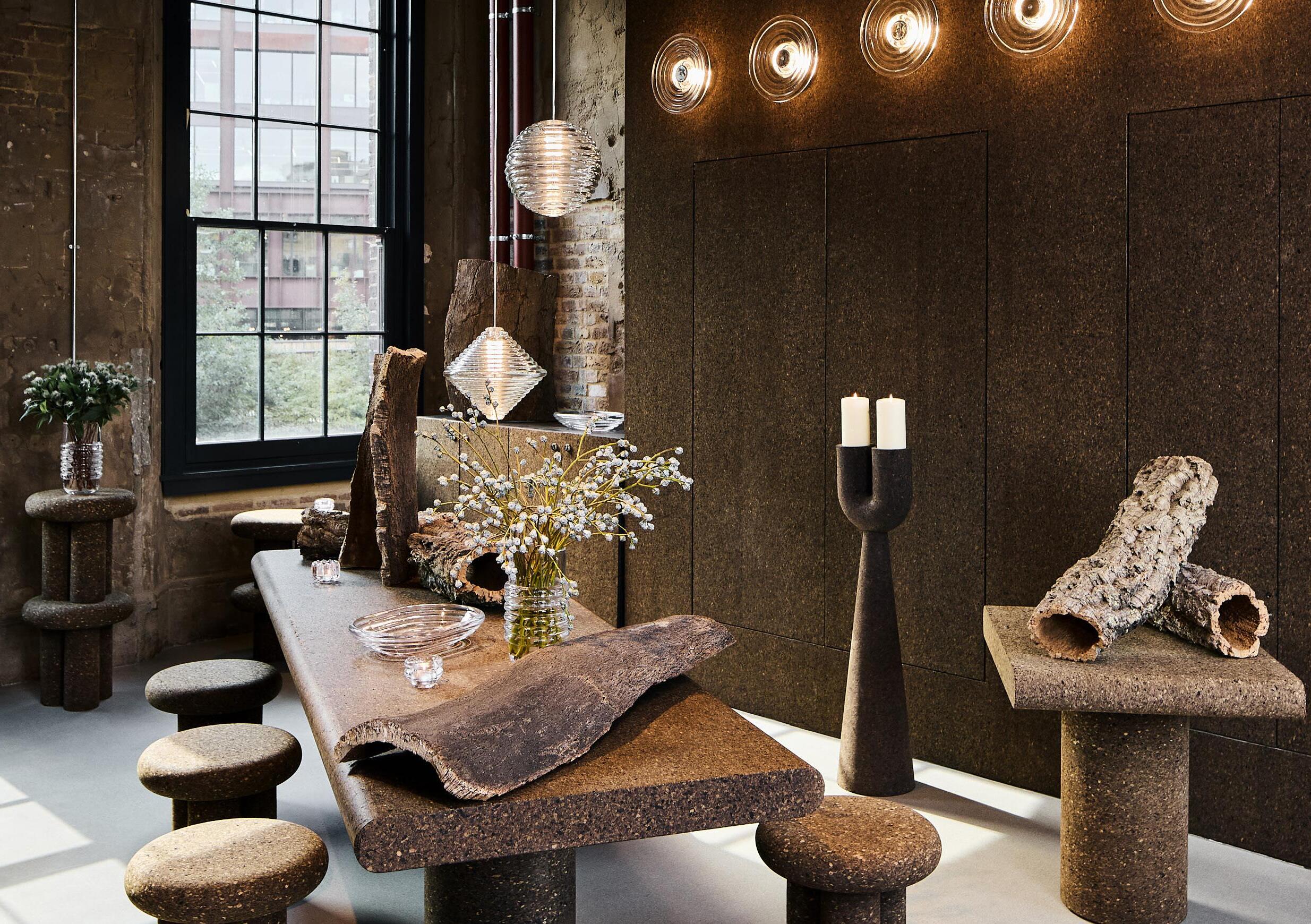
3 minute read
BOUNTY
Evidence suggests that Quercus Suber has been used by humans for over 5000 years, providing a seal for food and beverage containers, floating devices, fishing equipment, shoe soles and also forms of insulation across the Mediterranean region and into the Fertile Crescent in the days of the Persians, Babylonians, Egyptians and even as far as China. The Cork Oak, which is native to the western extreme of the Mediterranean, flourishes in the wooded pasturelands of Spain, Portugal and also parts of Italy and North Africa, where it has formed part of a sustainable blend of pastoralism and extensive forestry for millennia.
The difference between cork harvesting and normal forestrelated production is that it is sustainable, since the trees are not chopped down and can live for over 300 years, the cork barks being stripped in nine-year cycles when the cork oak reaches an age of 25 years. In this way, cork production forms part of a repetitive system that does not deplete the environment. In fact, the Spanish Dehesa and Portuguese Montado landscapes that characterise much of the Iberian Peninsula, prevent desertification and provide an important habitat for large numbers of animal species.

“This wonderful material with its many valuable characteristics blends ancient traditions with natural eco-friendly applications that are being rediscovered by modern technology. The result is a boom for this ecological bounty of the Iberian Peninsula and its beautiful cork plantations.”
Marta Silveira Silfiducia Real Estate Lisboa,


Sustainable Wonder Material

Quite distinct from wood, cork is a uniquely light, flexible and impermeable material thanks to a set of physical characteristics that are found in almost no other natural material, but are naturally abundant in Iberia. Composed of a complex structure of flexible membranes, cork is so fantastic because it is: impermeable – which makes it an ideal container or stopper of liquids; light and buoyant; flexible and malleable; a first-class humidity, heat and sound insulator; natural and recyclable, not to mention fire retardant. Its production exploded with the expansion of the wine trade in the 19th and 20th centuries, yet in more recent times this important export market has come under threat from plastic and aluminium bottle tops brought into the wine industry through the likes of Australia, New Zealand and the USA.
Not only do plastic and aluminium products not have a natural origin like cork, but their production also releases ten to 25 times more CO2 than that produced in the process of making bottle corks. Moreover, cork is a naturally degradable product, where aluminium and plastic bottle tops simply collect and litter land and water for decades to come, eventually leaching into our water supply and food production. It may be clear, then, that cork is one of the most environmentally friendly materials known to mankind, and it has been handed to us by nature, with applications that stretch far beyond mere bottle stops to also include insulation material for the construction industry, machinery and even your humble thermos flask. Flooring, wall panels, decorative items, handbags, shoes and even clothing can be made from cork, but this is only the beginning.
Modern Technology Loves Cork
We see cork as an almost artisanal, traditional industry, and it is, but it is also increasingly a high-tech sector with which the sciences are rapidly falling in love. The reasons for this are simply: cork is relatively easy to produce, it is natural, offers the kind of sustainable solution we’re looking for right now, and it has an expansive and growing scope of exciting applications. These range from more typical items such as badminton shuttles and baseballs to sealing and friction reduction for machinery, fire insulation, heat shields in spacecraft, shoe manufacture, scale models, construction materials, fishing and boating equipment, recording studios and even as an additive to concrete in building.
As a natural alternative to potentially harmful petrochemical materials such as neoprene and polystyrene, cork is a material of the future, giving us the perfect example of production and usage that is in harmony with nature.

Though there is some cultivation in North Africa, Italy and southern France, the bulk of global production comes from Portugal and Spain, where Corticeira Amorim is not only the industry leader, but also one of the most important Portuguese conglomerates and a developer of next-generation technologies and applications derived from this most natural and noble of materials.
www.amorim.com










